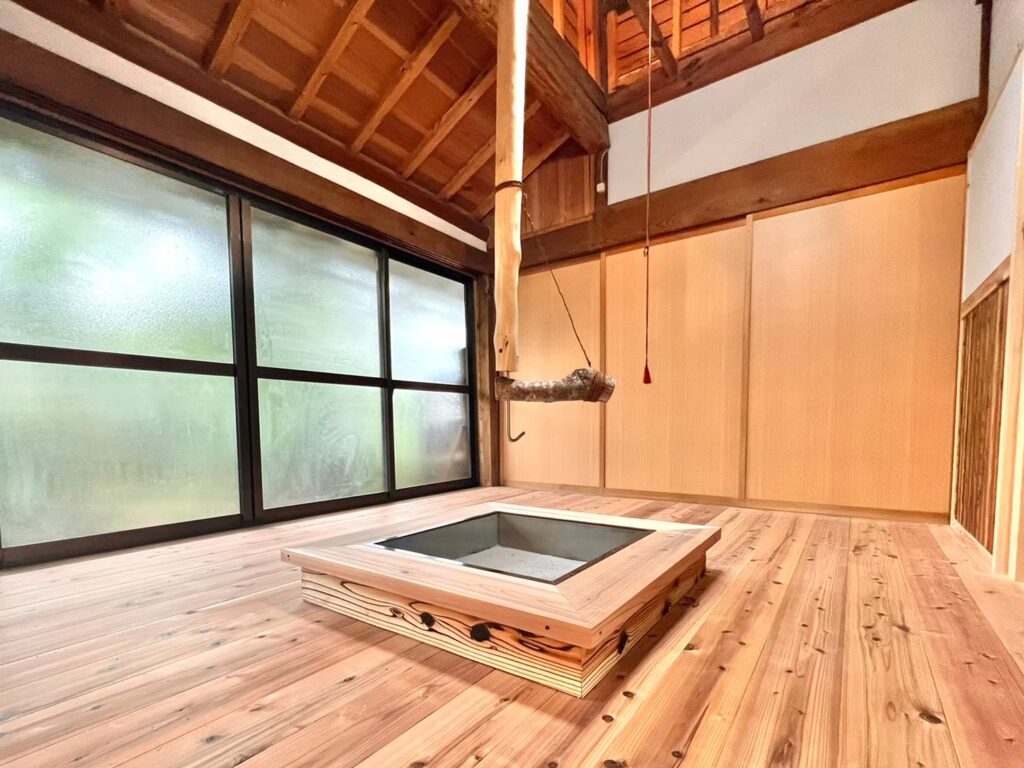
Soothing the mind and body. Shift your enegy to your body.
For reservations, please check the available dates below.
”Soothing the mind and body. Shift your enegy to your body.”
Nara Prefecture, where Japan’s oldest imperial court was located, has a deep connection with herbal medicines, which are the raw materials for ancient medicines.
In addition to historical factors, the southern part of Nara Prefecture is geologically blessed with sufficient rainfall, hot summers and cold winters, and little snowfall, making it an ideal environment for the cultivation of herbal medicines.
Yoshino no Oyado ~Medicinal Herbs and Trees~ is a renovated 100-year-old private house in the southern part of Nara Prefecture (Yoshino District).
Through mugwort/wormwood steaming(yomogimushi)and workshops, we have created a place where you can enjoy with all five senses while experiencing medicinal herbs and Yoshino cedar.
We especially want people who live in the city to experience the slow life in a quiet countryside where time passes slowly.
Features of the facility
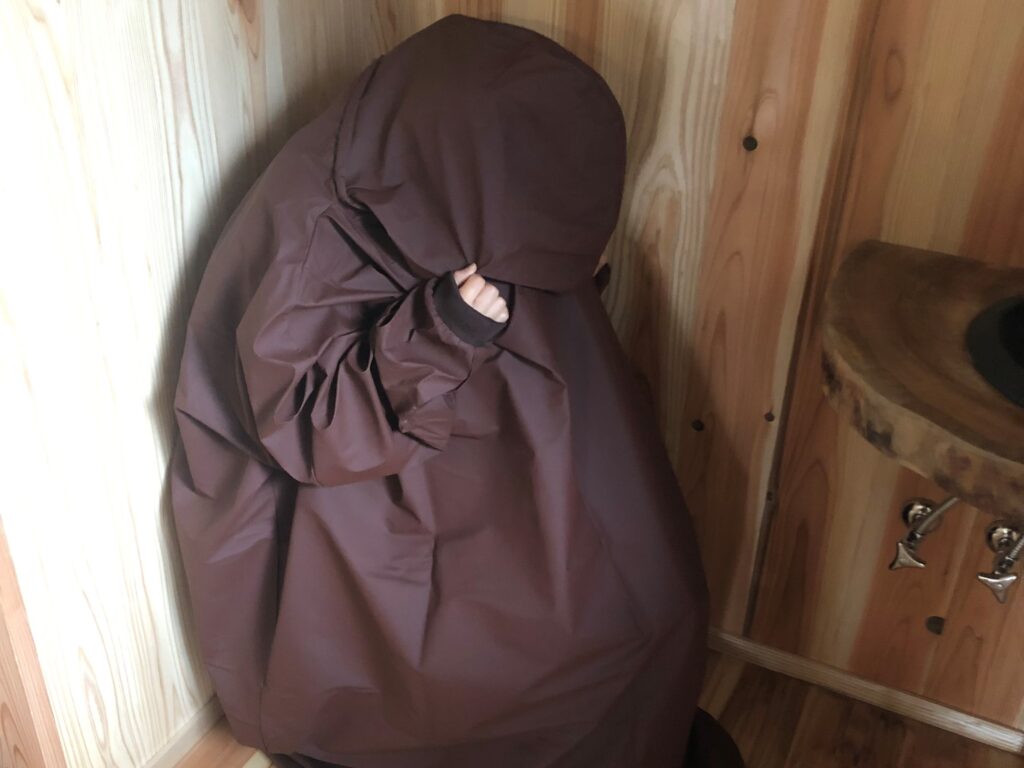
①Steaming and healing
Mugwort(Yomogi)/Toki steaming is available. “Mugwort(Yomogi)”is said to have the effect of warding off evil spirits, “Yamato Toki” which has been grown in Nara since ancient times, is said to be very nourishing.
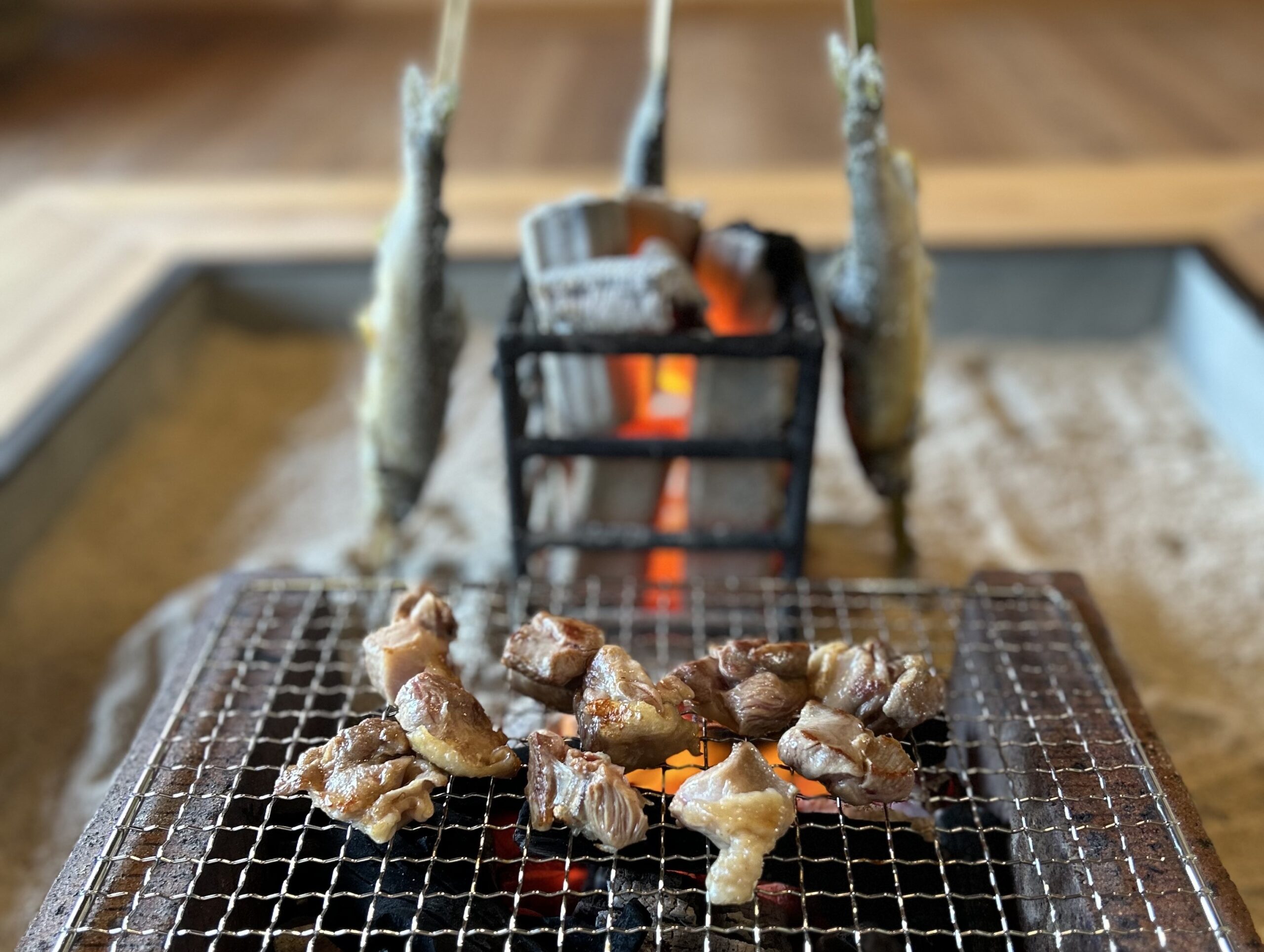
②Eating and healing
“Irori Yaki(Japanse traditional style of BBQ” is one of our specialitles. Vegetables and Seafoods are slowly grilled in the hearth.
The flavors of all ingredients that are slowly roasted become very concentrated, allowing you to fully enjoy the flavor of the original ingredients.
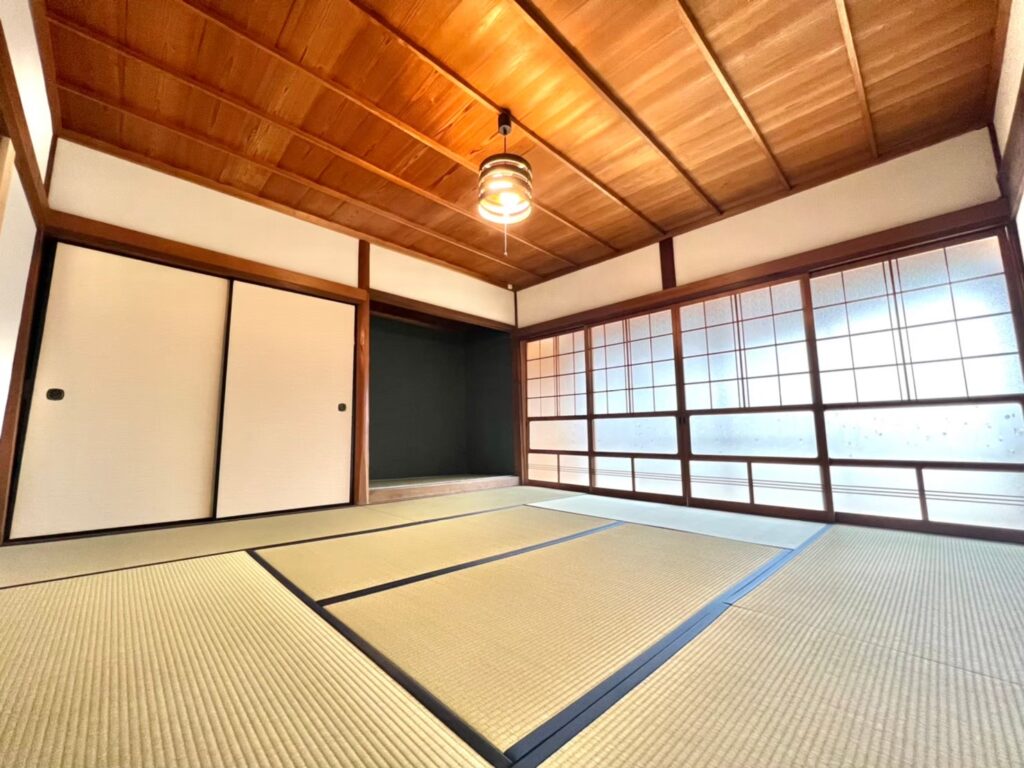
③Sleeping and healing
spending the time in a countryside where you may hear frogs croaking in the summer, bell bugs in the fall, and owls in the winter, making you feel one with the natural world.
Having relaxing time while feeling connected to the beautiful nature.
For reservations
For reservations, please contact us via Instagram DM, phone or Airbnb.
We would like to know the Date and the number of the guests.
(+81-)090-5899-0337Fees/Facilities
* Please be sure to read the accommodation rules before making a reservation *
Check-in/Check-out
Check-in time: after 3 p.m.
Check-out time: until 10 a.m.
<Price>
| ・1 person (including dinner and breakfast) | 1 person 25,000 yen |
| 【Additional Charge】During the cherry blossom season of Mt. Yoshino (3/23~4/10), an additional 5,000 yen will be charged per person. |
・There are no extra charges for children of seven years and younger for co-sleeping.
・Children over 7 years old will be charged an adult price.
【Cancellation charges】
Cancellation charges are calculated as below.
No show/Same day
100%
<Facilities / Amenities>
Shampoo, Conditioner, Body Soap
bath towel
Face Towel
A set of futons
dryer
Hand Alcohol disinfectant spray
A set of tableware
Glasses, teacups, mugs
cushion
microwave
Refrigerator (freezer compartment is also available)
Air conditioner (equipped with Dyson’s latest air conditioner for corona measures)
-Precautions-
・Be careful not to disturb the neighbors.
・To prevent fires, Use of fire strictly prohibited. In addition, we are not allowed smoking in the accommodation.
・Please smoke outside.
・Pets are not allowed.
Introducing power spots in Nara
Nara is a city that is steeped in Japan’s ancient history and culture.
There are many shrines and temples known as places where mysterious powers dwell. Furthermore, there are many places that have been worshiped as sacred places since before they were recorded in history.
It is said that if you have a clear purpose for what you want to achieve and go to a blessing that matches that purpose, you will be on the same wavelength and receive strong power.
we will introduce temples and shrines recommended for visiting power spots.✨
Omiwa Shrine
【Access:Approximately 30 minutes by car】
Omiwa Shrine is said to be the oldest shrine in Japan. A sacred place that has been revered as the ”mountain where the gods dwell” since ancient times. Mt. Miwa is a sacred mountain where the soul of the great god who founded the country, Okuni-sama, resided, and is known as a powerful power spot. The object of worship is Mt. Miwa itself, there is no main shrine, and you can worship from the shrine through the three torii gates toward the mountain. Mt. Miwa is a sacred mountain where the soul of the great deity Okuni-sama (Okuni-sama), who founded the country, resided. Since ancient times, it has been said that it has not been allowed to cut down even a single tree or plant with an ax on Mt. Miwa, which is a sacred site. It is a subsidiary shrine of Omiwa Shrine, and is famous as a shrine and temple with a ”medicinal well” of spring water sourced from Mt. Miwa. This water has been worshiped as “medicinal water” since long time ago, and is said to be a divine water that is effective against all kinds of illnesses. Many people come from all over the country to pray for health.
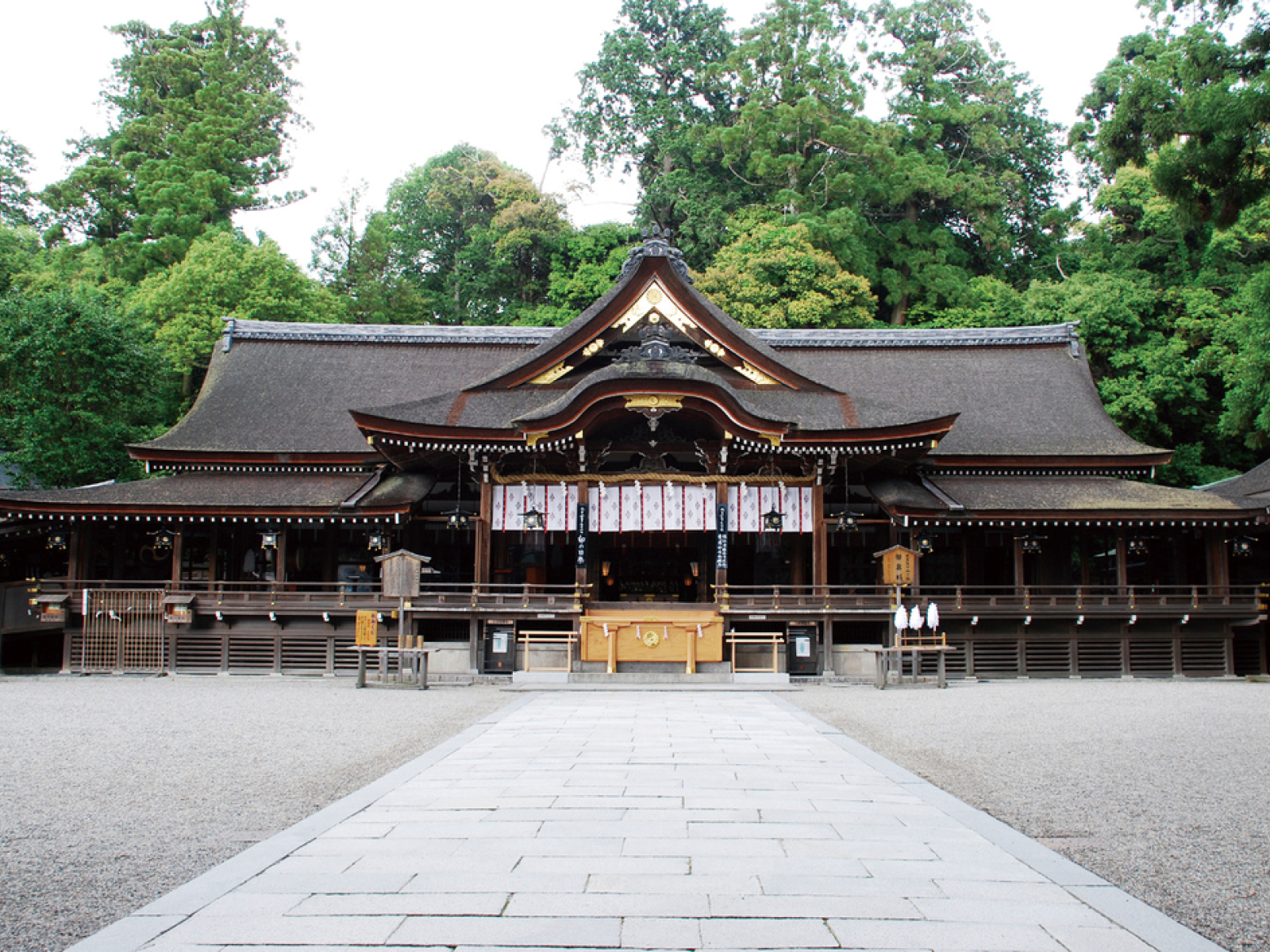
Hasedera temple
【Access:Approximately 30 minutes by car】
Hasedera Temple is known for its flowers that bloom throughout the season, earning it the nickname “Flower Temple.” This is a historic temple that is mentioned in Japanese classics such as ”The Tale of Genji” and ‘Makurasoushi.” The principal image is Japan’s largest wooden Kannon statue, which stands approximately 10 meters tall. There is a stage in front of the main hall, and the view from the stage is amazing! You are only allowed to enter the main hall, which is normally closed to the public, twice a year, in spring and fall. We recommend visiting in spring or autumn, as you can directly touch Kannon’s feet. Also, in this church hall, a ”morning service” is held every morning from 6:30 am (7am from October to March) where dozens of monks read sutras, and anyone is welcome to participate. If you are planning to stay overnight and visit power spots, be sure to come and experience the divine power in the morning!
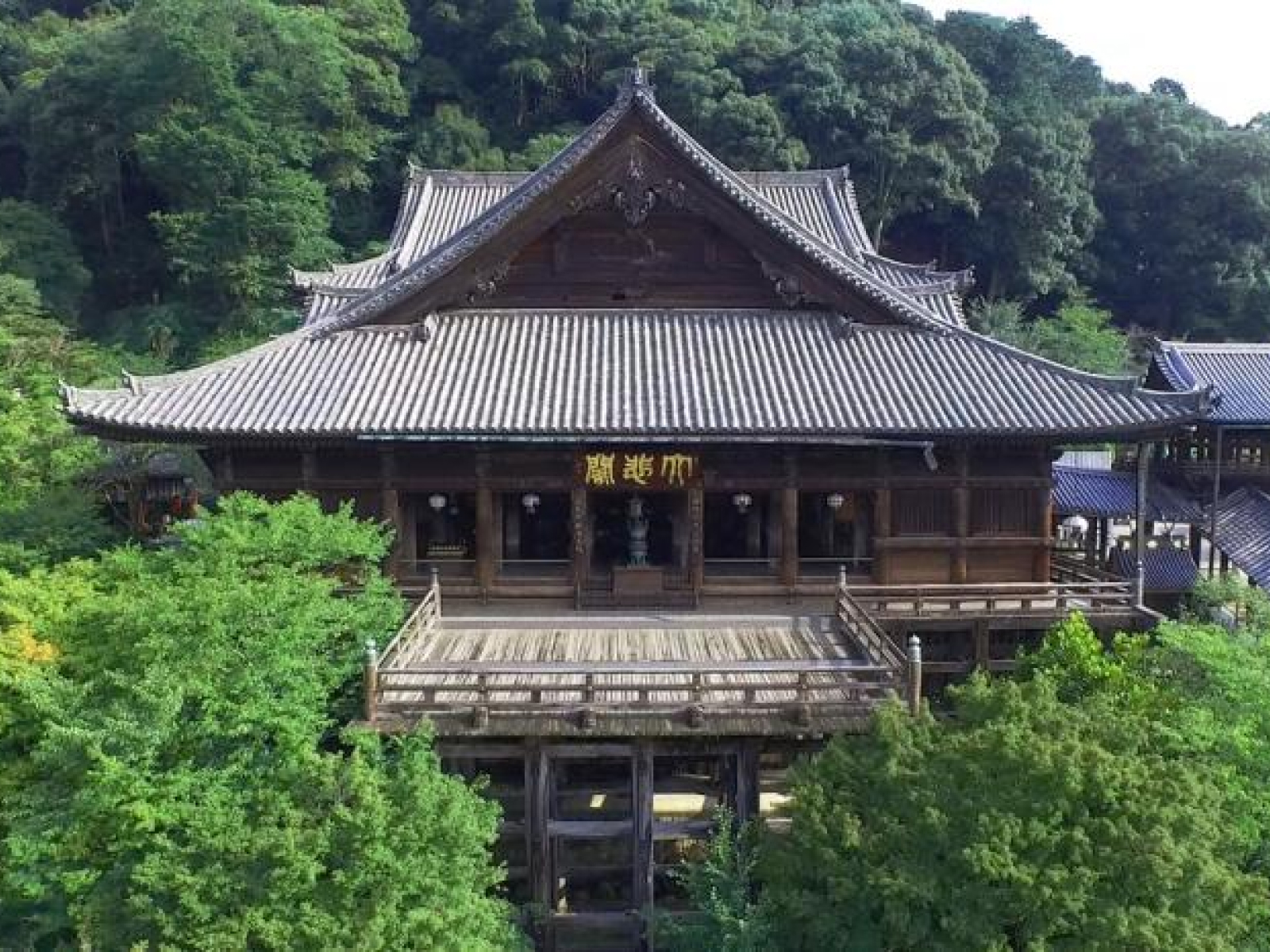
Abe Monjuin Temple
【Access:Approximately 30 minutes by car】
One of Japan’s three Monju temples* known for the wisdom of Manjusri when three people come together, ”Abesan Shokeiji Monju-in Temple”, affectionately known as ”Yamato Abe’s Monju-san”, was founded in 645 by the Minister of the Left during the Taika Reforms. It was built by Abe no Kurahashimaro. It is the birthplace of the Abe clan, and is also known as the temple where Abe Nakamaro, an envoy to China during the Nara period.
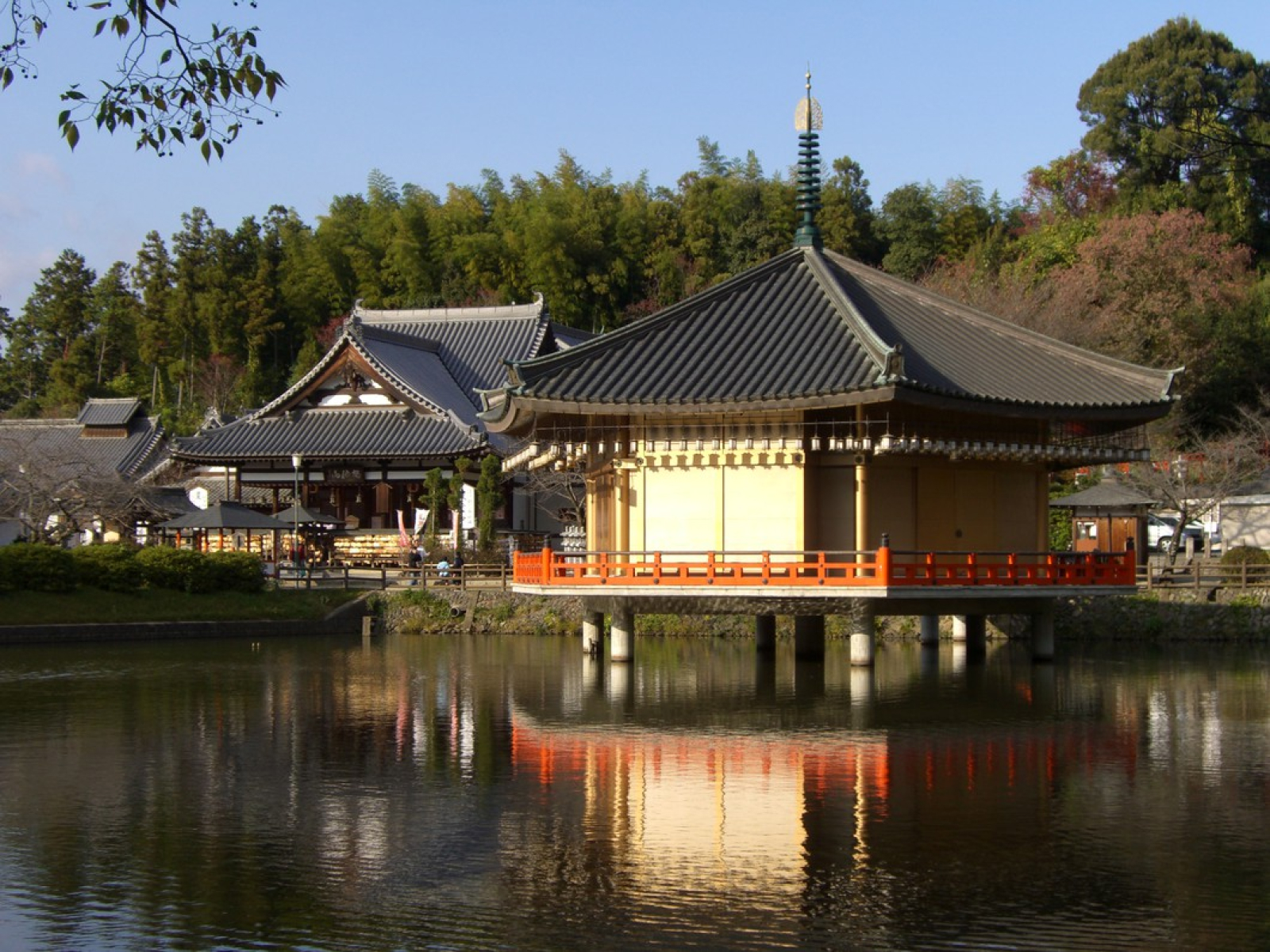
Tanzan Shrine
【Access:Approximately 30 minutes by car】
Tanzan Shrine is nestled in the mountains of Tomine. It is known as the site of the Taika Kai Shindango, and Fujiwara no Kamatari is enshrined here. It was called ”Katarai Mountain” because Prince Naka no Oe and Prince Naka no Oe had a secret meeting on this mountain regarding national reform, and this is where the company’s name came from. Musubi no Iwakura, which is said to be where the gods dwell, is a must-visit spot. Let’s pray for a “Musubi Wish” while stroking the rock where the gods have resided since long time ago.
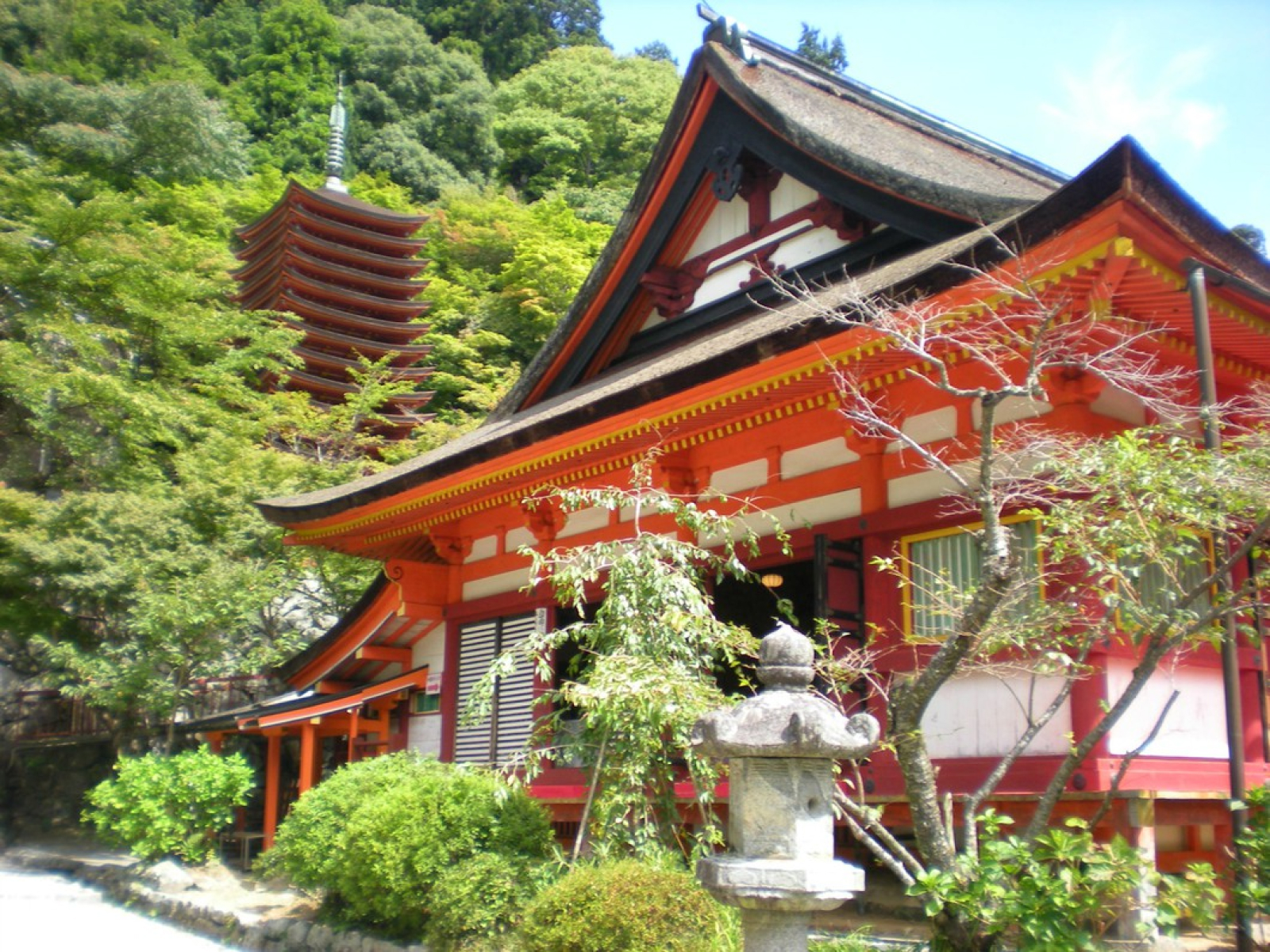
Ishigami Shrine
【Access:Approximately 30 minutes by car】
Surrounded by lush evergreen trees, the grounds of Ishigami Shrine give you an indescribable sense of power amidst the tranquility of nature that leads to the path along the mountainside. A power spot that is said to bring good health and key to longevity, recovery from illness, prevention of disasters, and success. Another feature of Ishigami Shrine is that it has the benefit of ”rebirth.” Once upon a time, Emperor Jinmu fell into a state of suspended animation in the mountains of Kumano and was in a state of near death, but was revived by the spiritual power of Futsu no Mitama no Okami, the main deity of Ishigami Shrine. Because of this, it is said to have the benefit of rebirth.
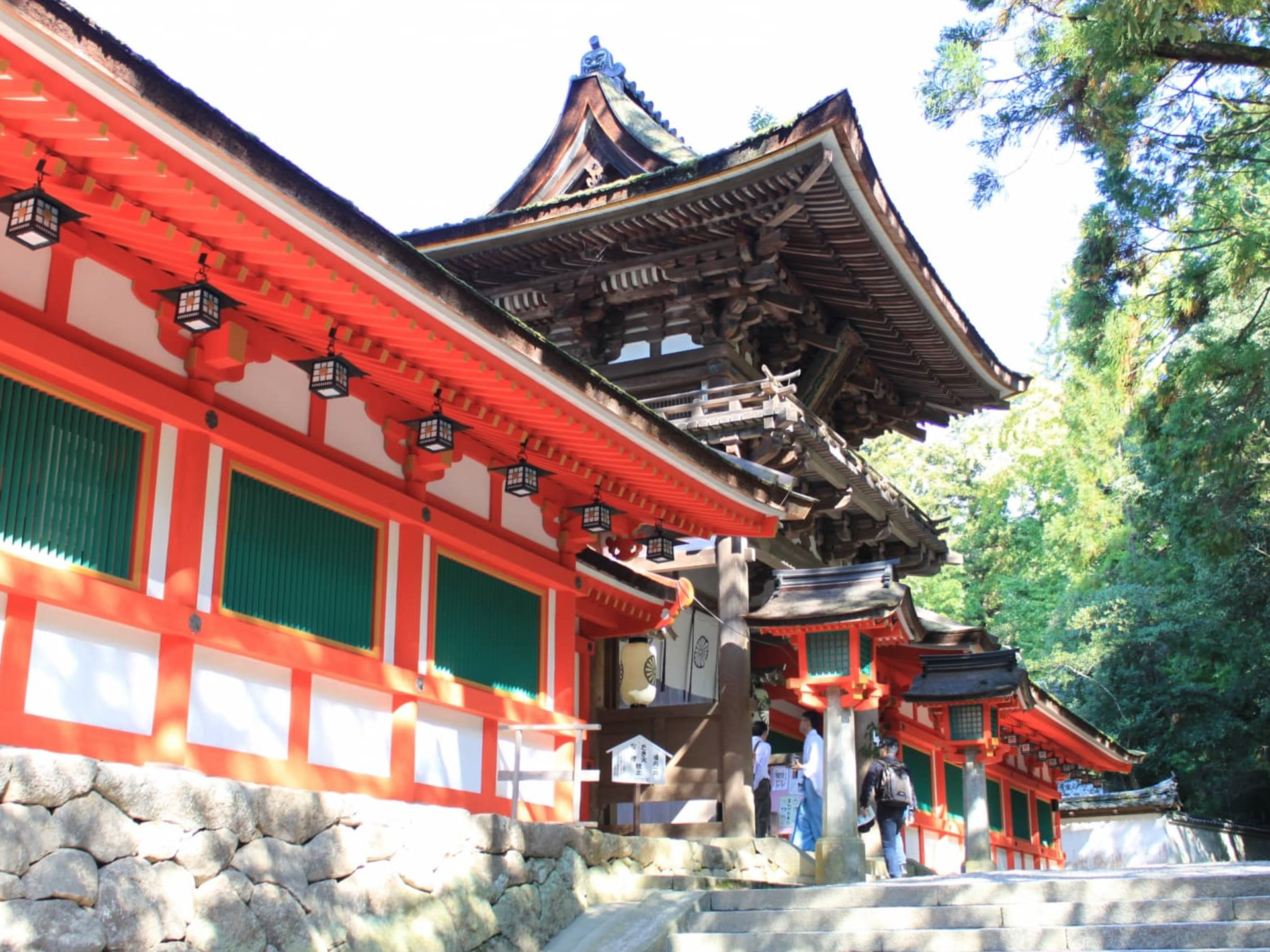
Kashihara Jingu Shrine
【Access:Approximately 30 minutes by car】
Kashihara Jingu Shrine, which has been designated as a national important cultural property, is said to be blessed with good luck, warding off evil spirits, promotion, and praying for victory. It is known as a shrine where it is enshrined. It is said that powerful power resides in the white gravel area.
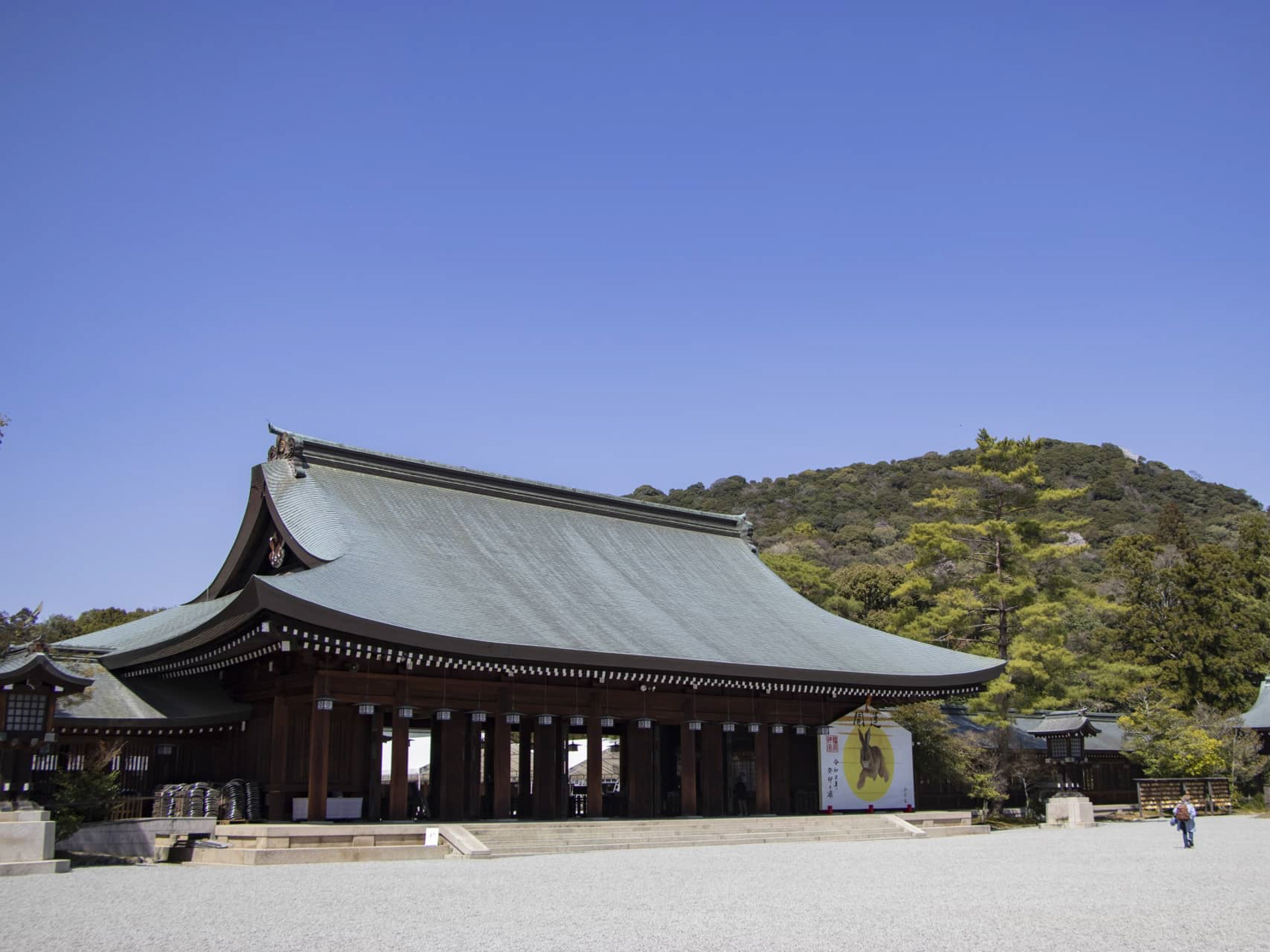
Kinpusenji Temple
【Access:Approximately 20 minutes by car】
The Yoshinoyama area has been known as a sacred place for Shugendo since long time ago. Shugendo is a unique religion that combines ancient Japanese mountain worship with Shinto, Buddhism, and Taoism. Enno Ozunu is said to be the founder of Shugendo. It is said that Kinpusen-ji Temple was founded in the latter half of the 7th century when this Yakuza Kozuno realized Kongo Zao Gongen through 1,000 days of ascetic practices, carved the figure into a wild cherry tree, and enshrined it on Mt. Yoshino.
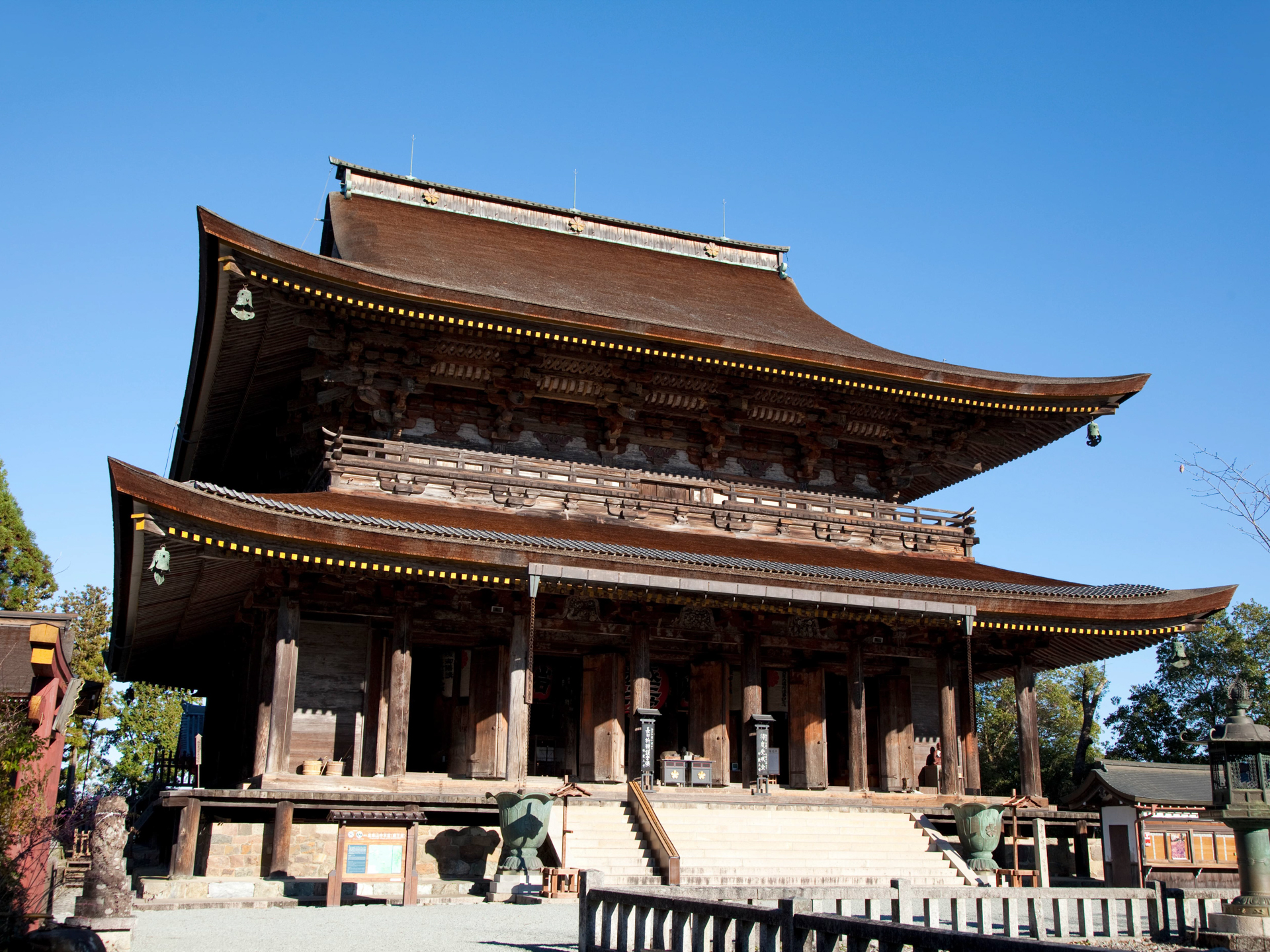
Tamaki Shrine
【Access:Approximately 60 minutes by car】
Tamaki Shrine is located near the summit of Mt. Tamaki at an altitude of 1,076m in Totsukawa Village, Nara Prefecture. Tamaki Shrine, which has a mysterious atmosphere deep in the mountains, is registered as a World Heritage Site as a ”Sacred Site and Pilgrimage Route in the Kii Mountain Range.”
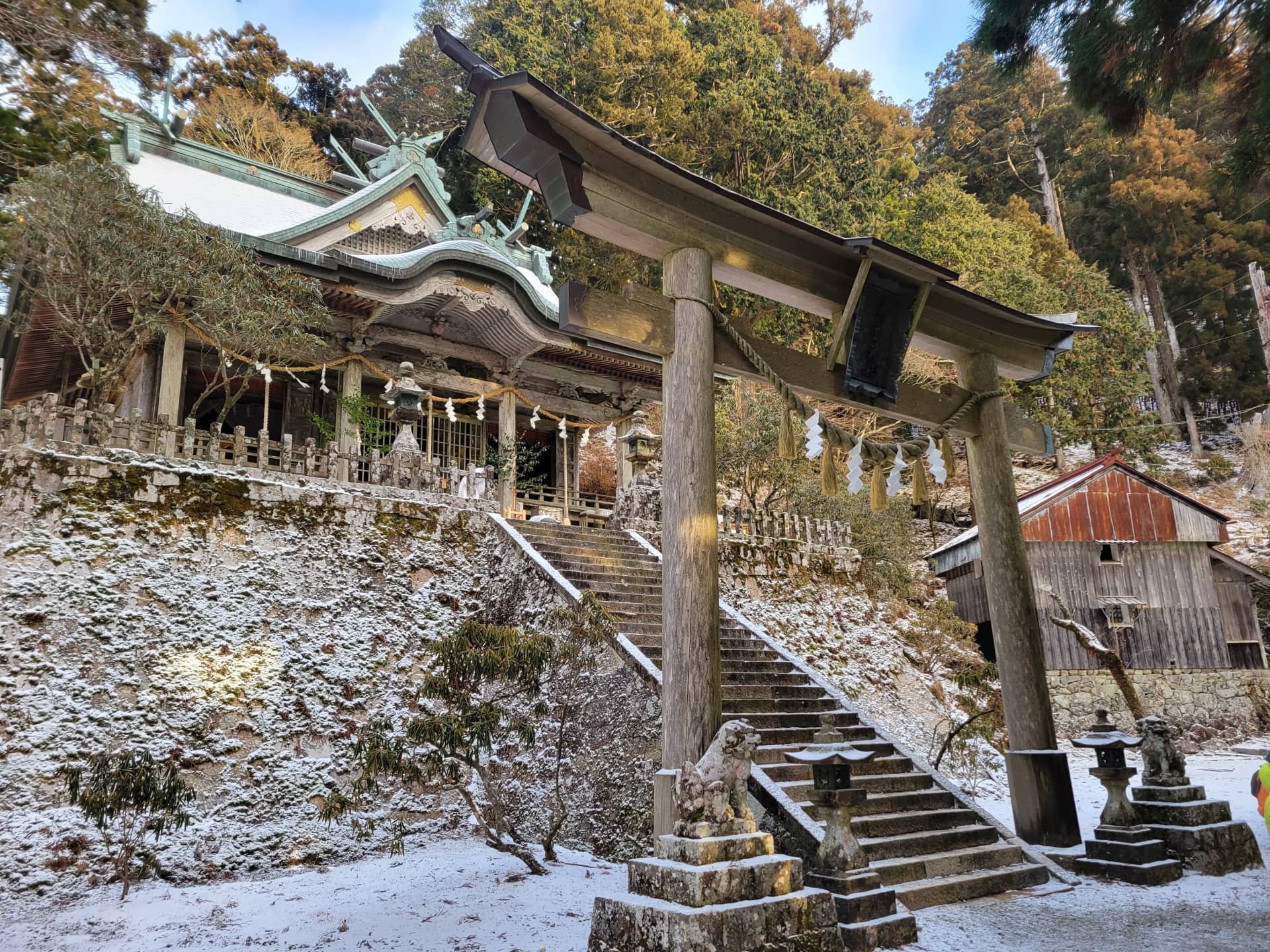
お客様の声

オープンキャンペーンということで、宿泊させて頂きました。大阪から来たのですが南部からだと約1時間ほどの距離で、緑が生い茂る山々の景色が目の前に広がります。改築工事をされたこともあり、トイレやお風呂はもちろん、内装はおしゃれできれいで清潔感があり、快適でした!また紅葉を見に来るときは是非利用したいと思います。

姉と一緒に2人旅での利用でした。田舎ならではの田園風景が広がっていて、空気がとてもきれい!料理もおいしかったし、野菜がとにかくおいしかったー!トマトがフルーツに変身したのは驚きです!よもぎ蒸しも、バランスボールも普段はすることがないので、リフレッシュできました!

内装がとにかくアンティークでどことなくかわいくてナチュラルな感じが良かったです。木のぬくもりを感じながら本当にゆっくりまったり過ごせました✨ 次は是非ワークショップやよもぎ蒸しにもチャレンジしてみたいです!ありがとうございました。
ブログ
Access to the accomodation
Yoshino no Oyado~Medical herbs and trees~
【Address】1390-2 Nishimashi, Oyodo-cyo,Yoshino-gun, Nara 639-3121
if you type “Yakusou to kito” on the googlemap, you can find the accomodation easily.
【How to get here】
- By Car
there is a parking space for the car.
2.By Train
the closest station is “Yamato Kamiichi” Station. It takes about 20-30mins on foot.
3.By Taxi
you can use Taxi from Yamato Kamiichi Station . it takes about 5mins by taxi.
